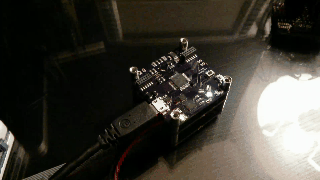
(On the initial prototype, I figured what better way to show that POST was successful than with a flux capacitor...fluxing)
The basic premise is that multiple boards can be stacked together depending on the project need. This isn't unique, but I wanted something a bit smaller than the usual 100-mil header variety.
Existing boards:
- A primary controller board
- A programming jig / breakout board
- A Sharp LCD board (a low-power high-contrast LS013B7DH03) which may be placed on the top or bottom of the stack
- A Bluetooth BLE (Smart) NRF8001 board
- A PWM / LED driver / servo controller board
Planned:
- An environmental sensor board
- An IMU board
The primary controller board consists of:
- Atmel SAMD MCU
- Micro-USB receptacle
- LiPoly charger (via USB power)
- Buck/boost converter, 3v3 primary rail
- JST-PH connector to LiPoly battery (e.g. LiPoly batteries from Adafruit)
- External RTC (w/ 32.767khz crystal) for keeping accurate time between MCU resets (or when in deep sleep)
- microSD card connector (hinged, mounted on "bottom" side)
- FET to isolate power to microSD (some cards don't have the best standby power)
- FET for I2C pullups (allowing power-down of other layers that use the I2C bus as well as saving some energy when not using the strong pullups for faster speeds)
- USB VBUS / LiPoly ("ideal diode switch") uninterrupted power rail available (hot plugging USB takes rail from LiPoly to USB voltage). Under FET control.
- Two right-angle momentary switches
- An RGB indicator LED (user)
- An SD activity LED
- A LiPoly charging indicator LED
- Compact rigidly stackable form factor (1.5 inches square w/ m2.5x6 standoffs)
 Charles Aylward
Charles Aylward
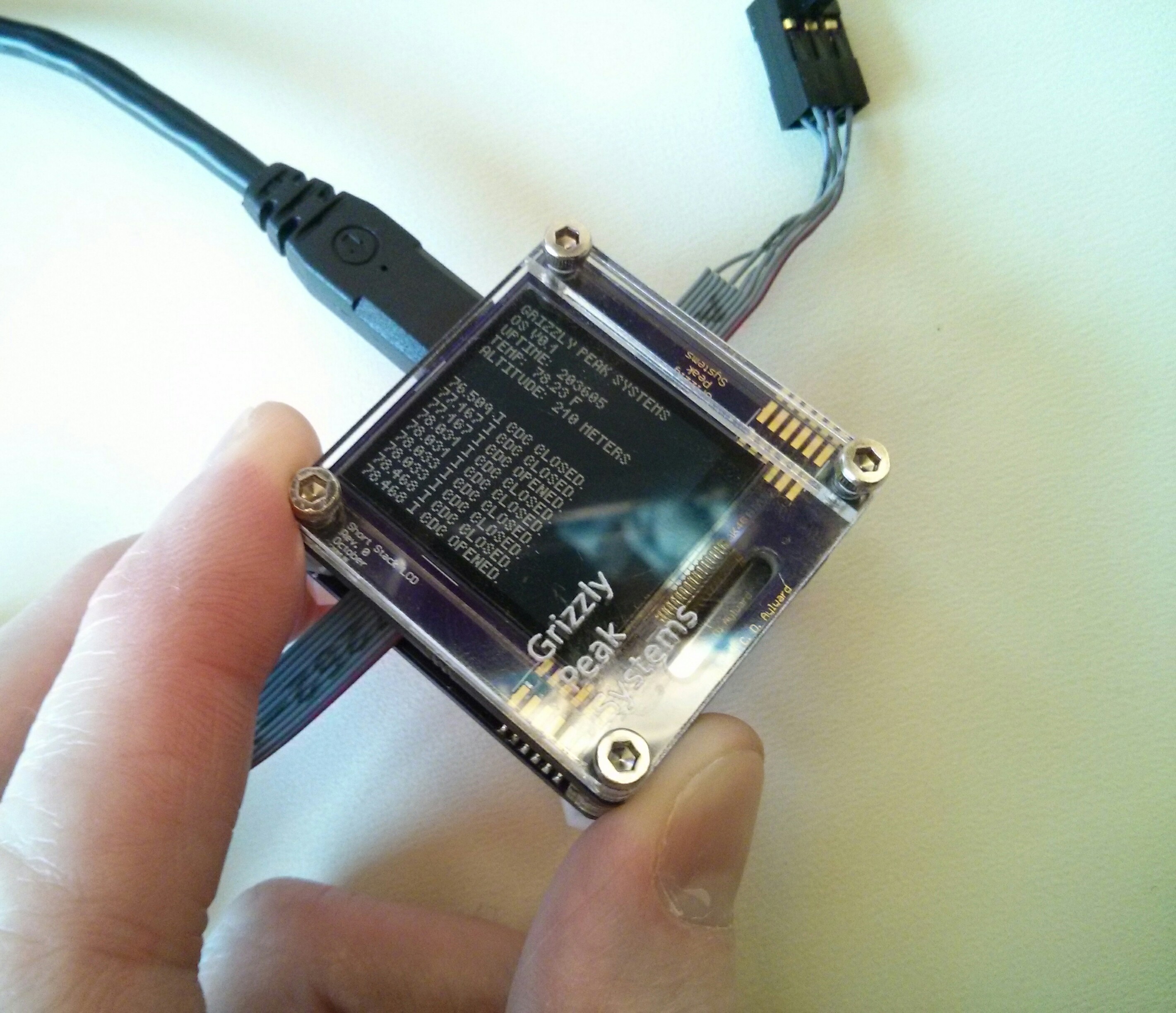
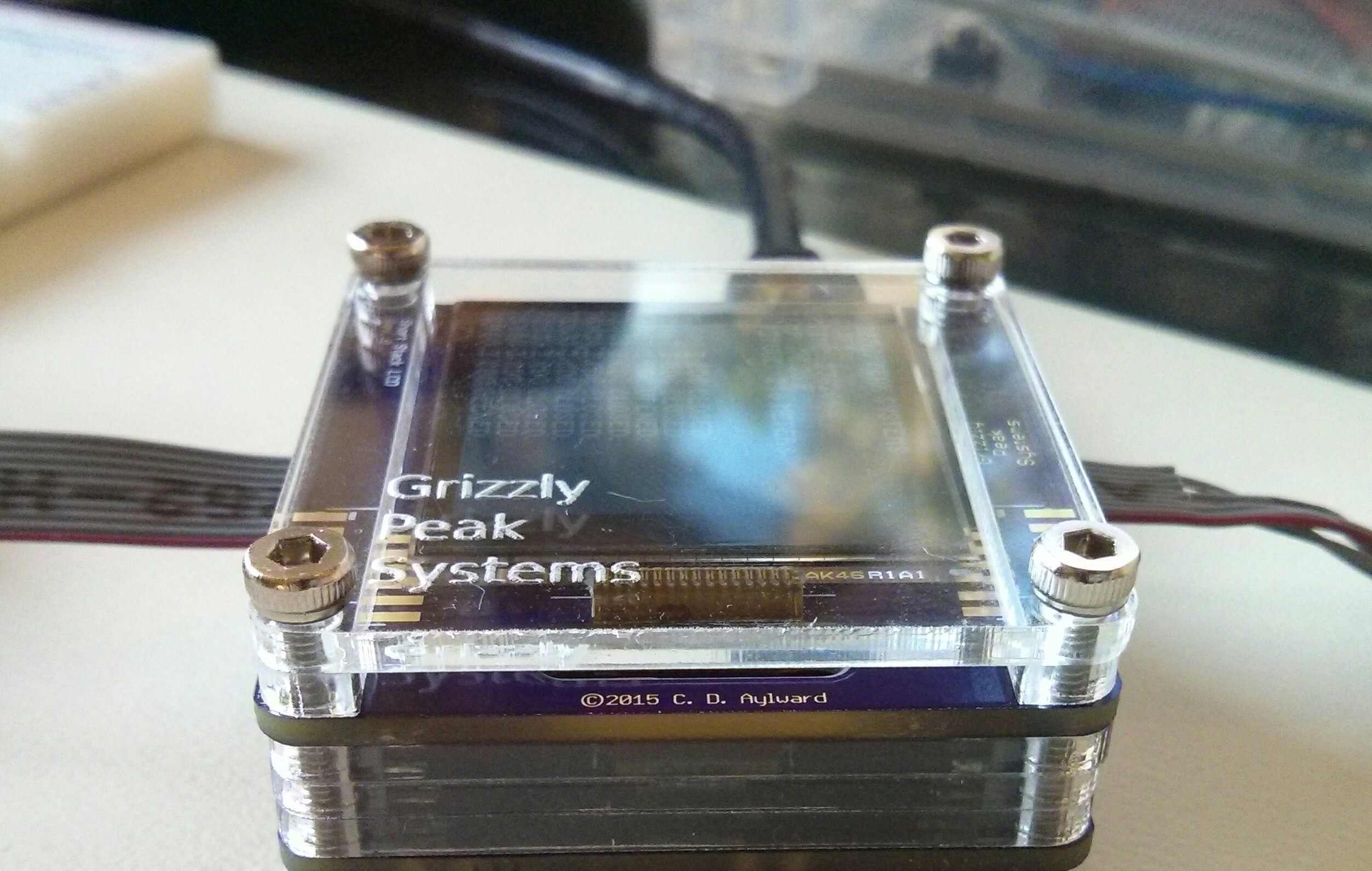
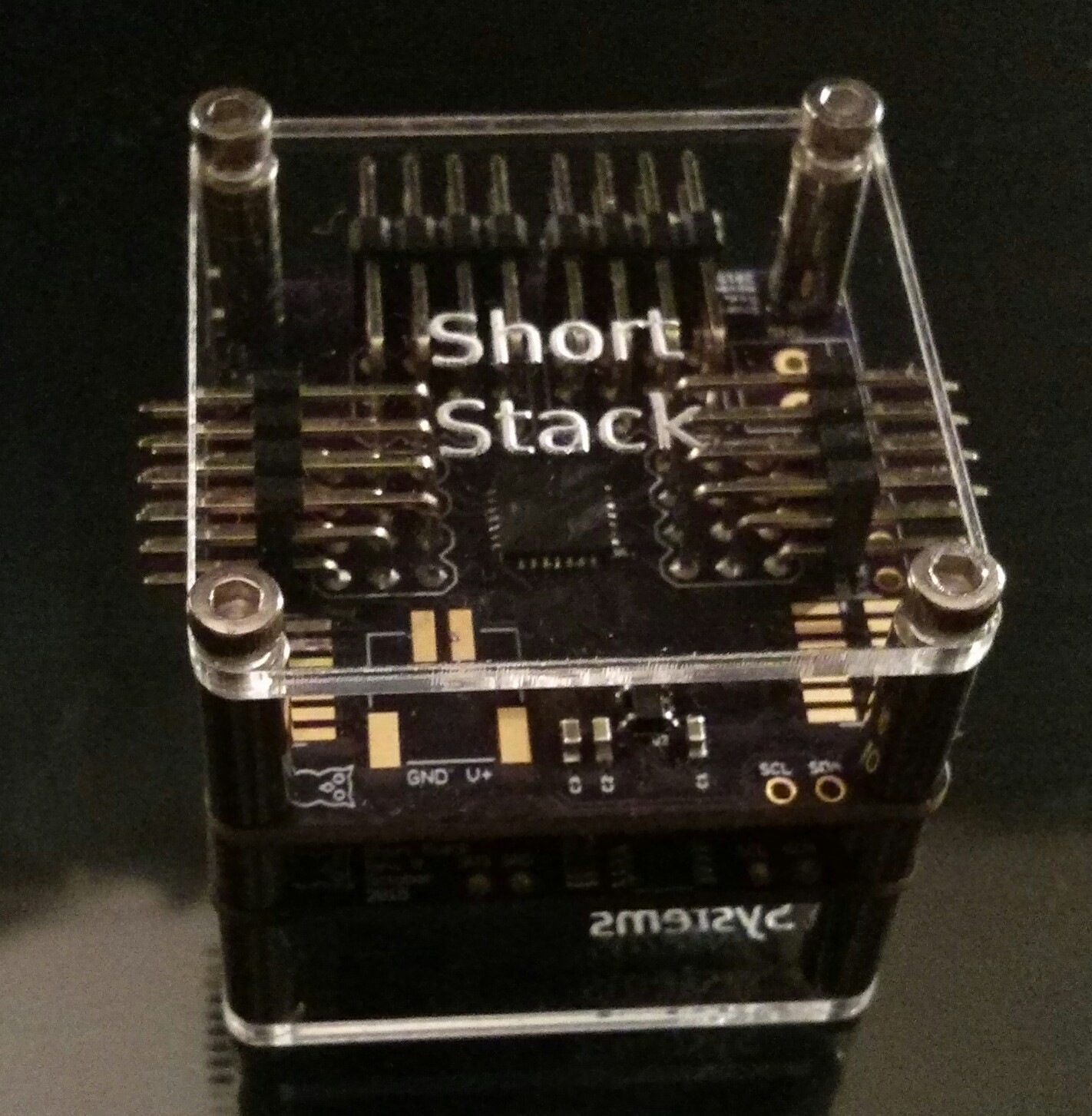
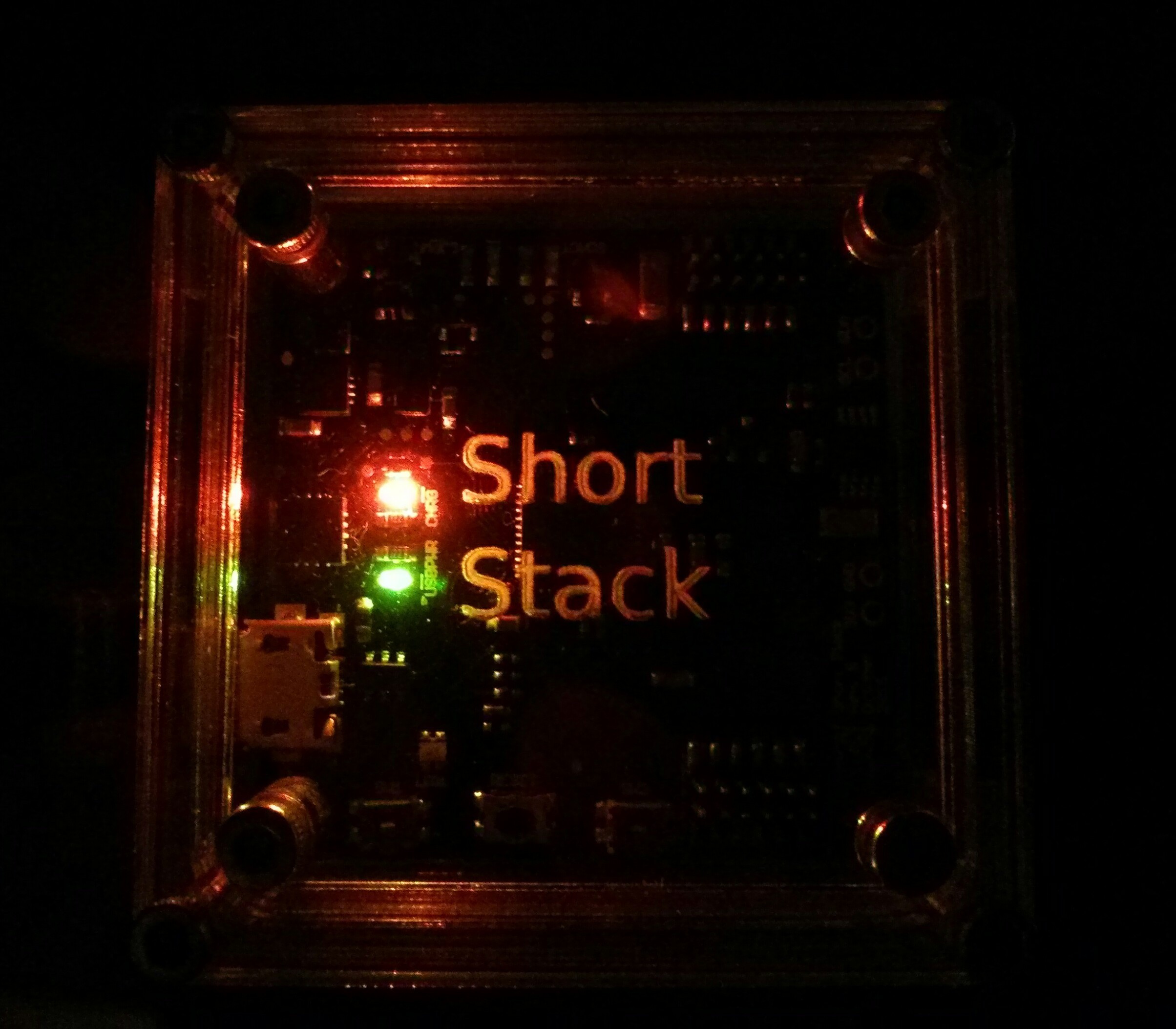
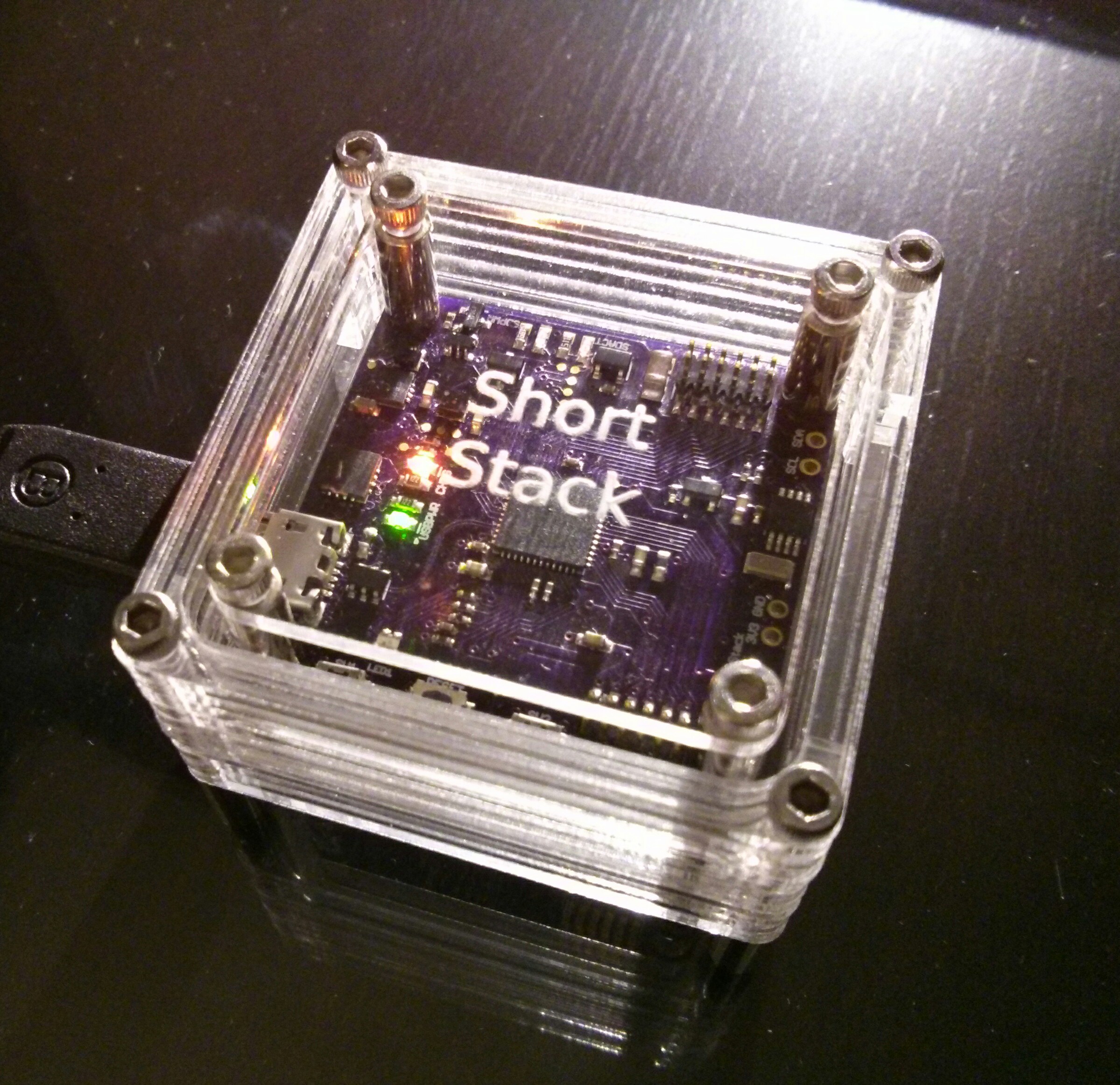

 Reflow looks good. So far, been very pleased with OSHStencils...
Reflow looks good. So far, been very pleased with OSHStencils...
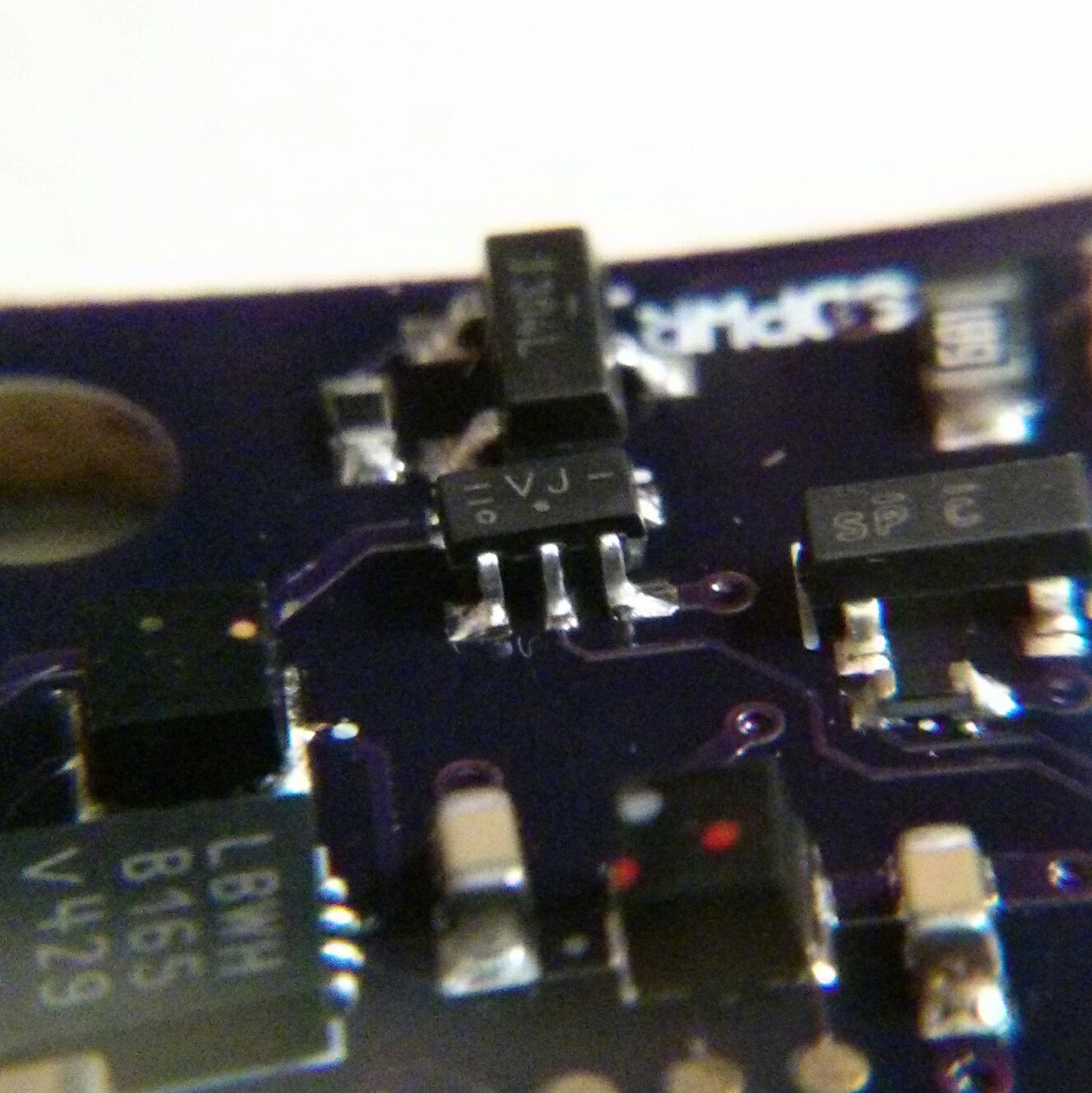
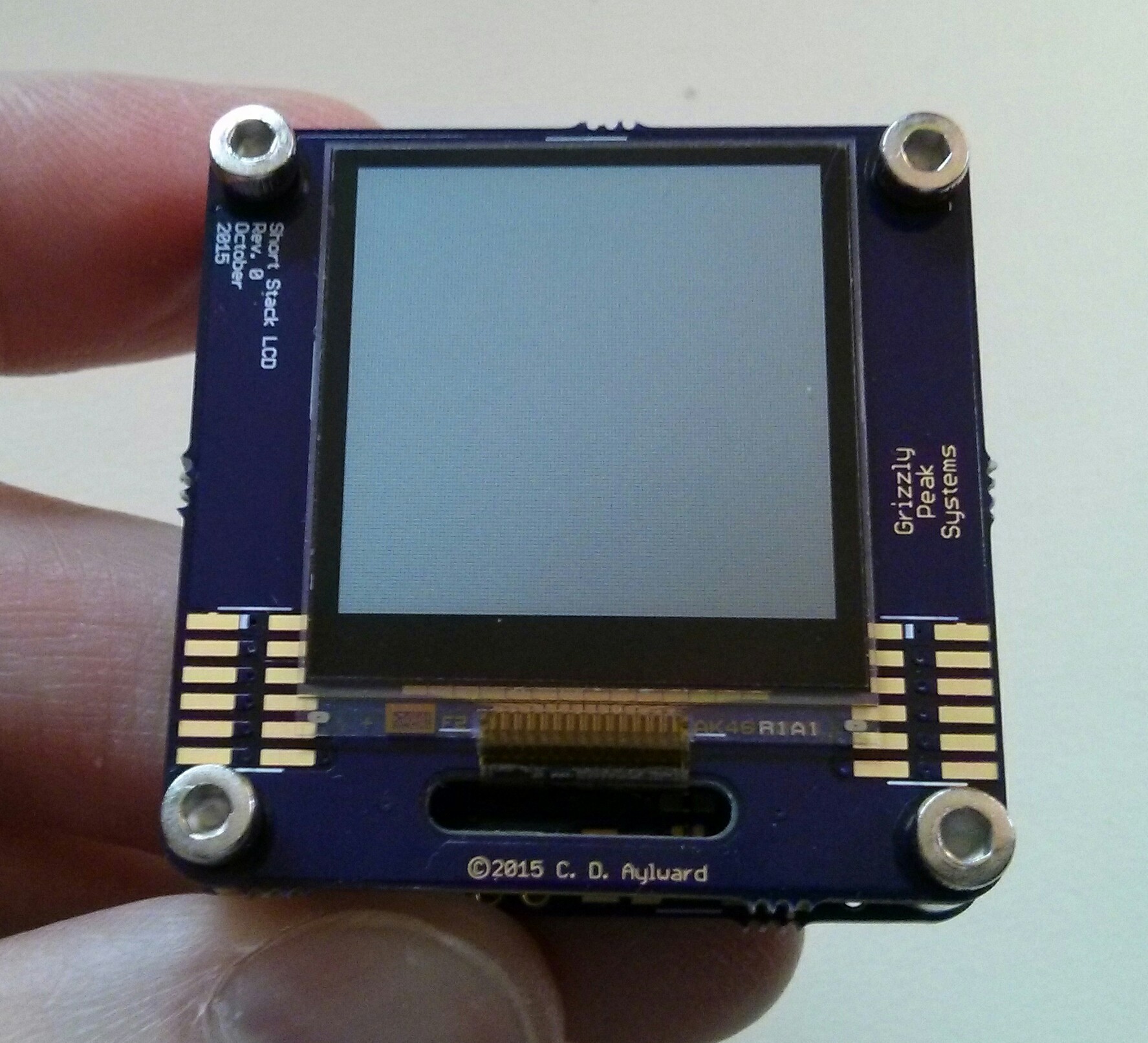
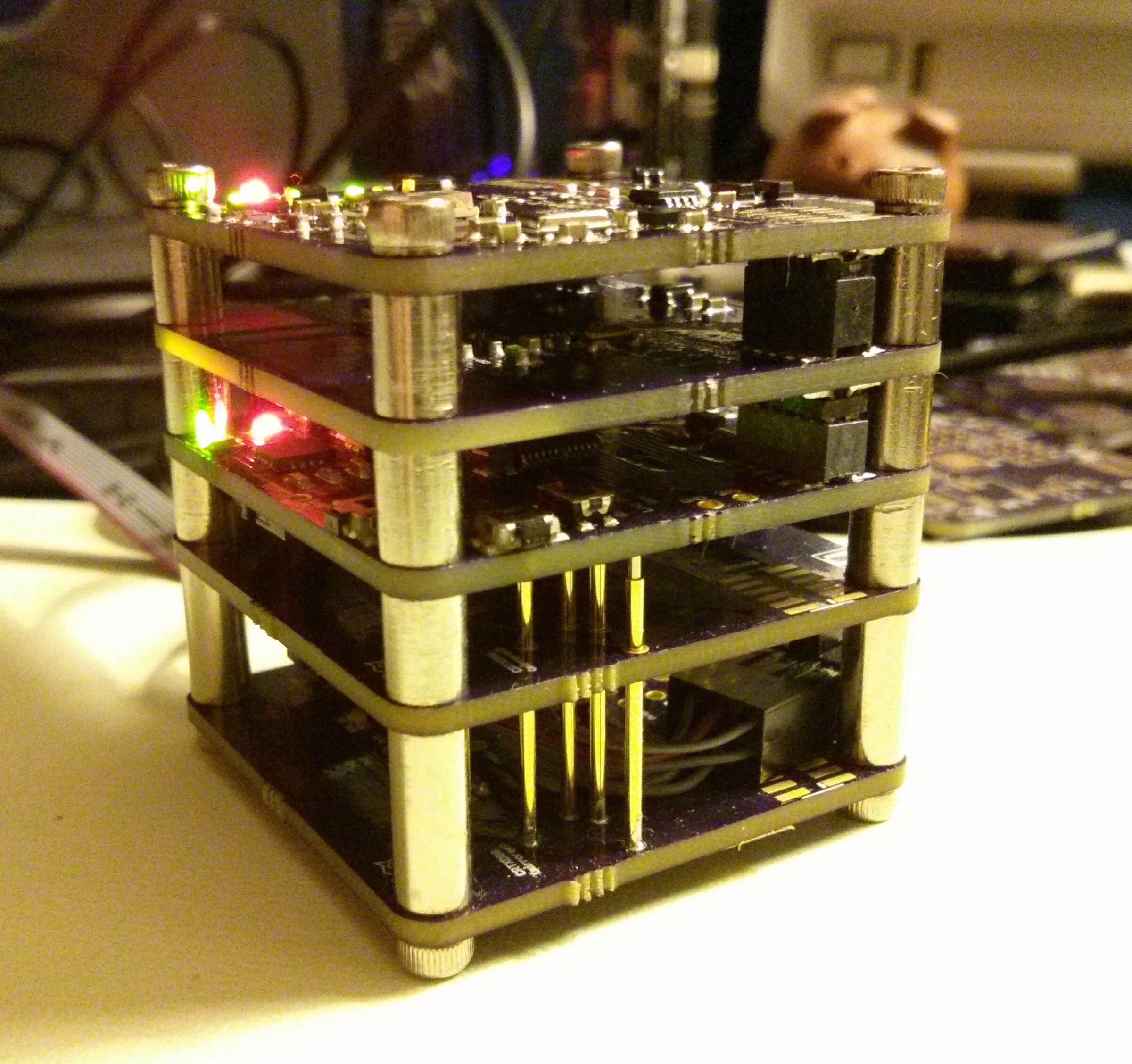




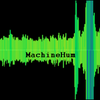
 The Big One
The Big One Chris Roberts
Chris Roberts
Hey buddy - are you still working on this project?